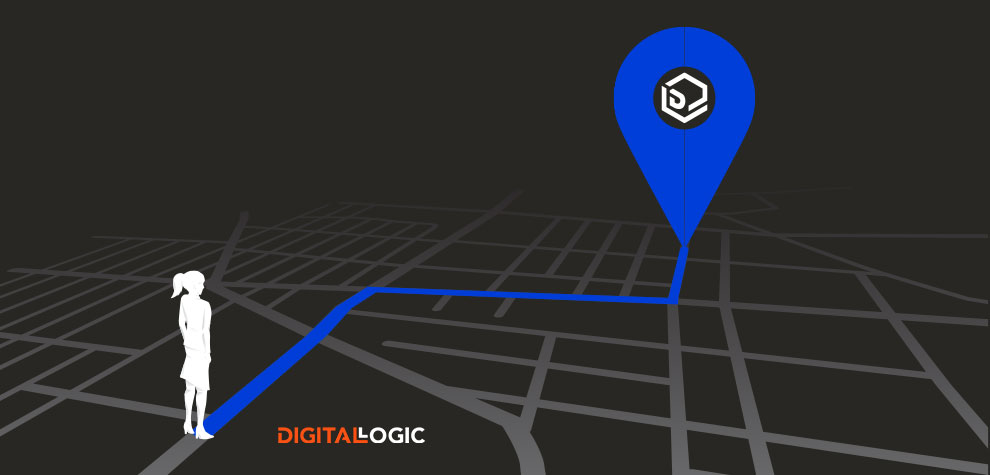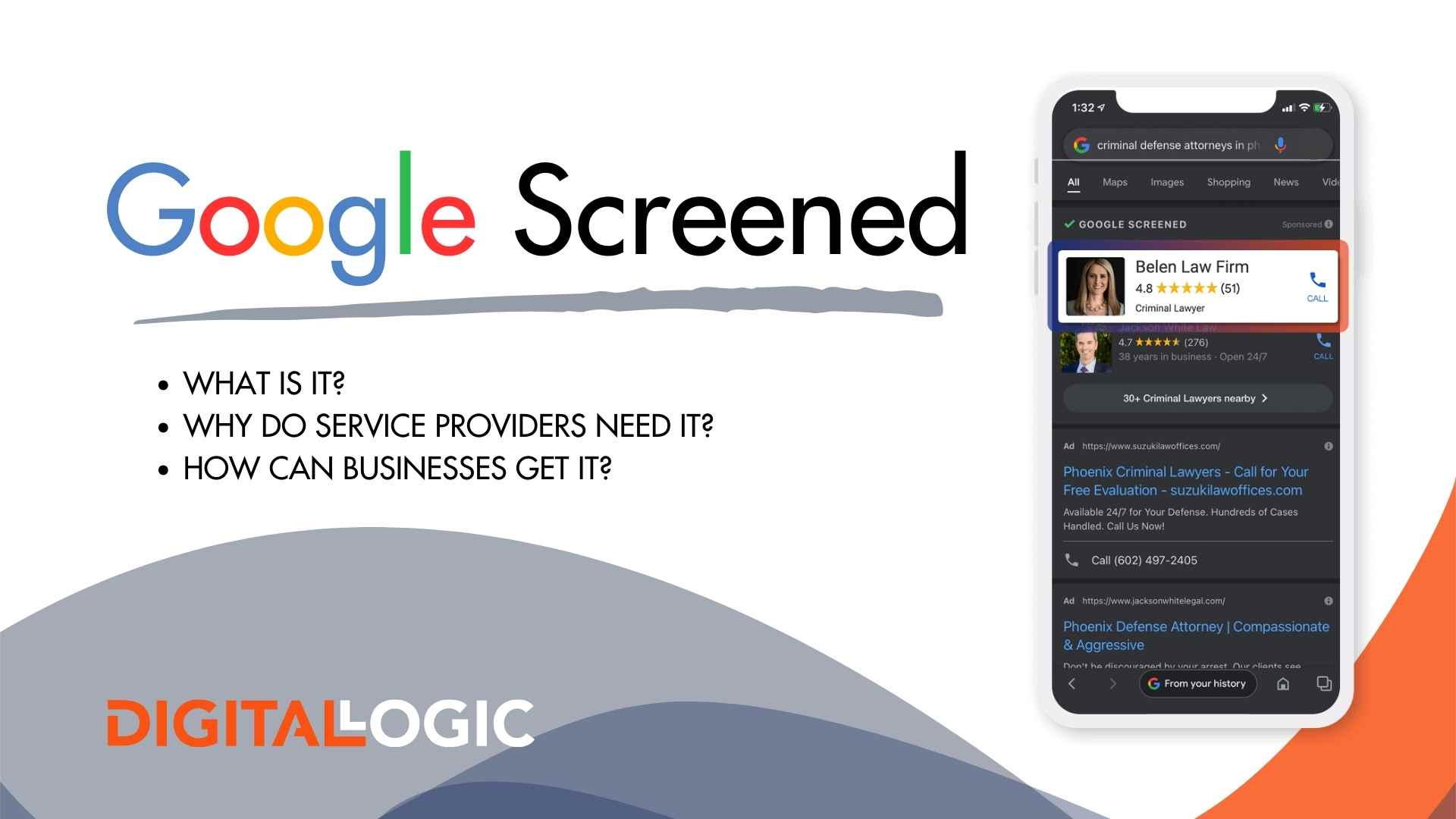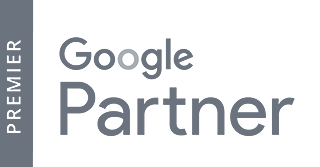Geofencing Definition
Table of Contents
Toggle
What is Geofencing?
Geofencing is a location-based service. Mobile apps, mobile devices, internet browsers, and other programs that utilize location services often use the Global Positioning System (GPS) to aid in various capabilities.
This location data could include cellular data, Wi-Fi, global positioning (GPS), satellite, and radio frequency identification (RFID). A device, transmitter, or RFID tag can enter or leave the location parameters known as a geofence, location target, or geo-target.
Once this virtual fence is set, when an authorized device enters the real-world geographic area, this triggers the programmed action.
These actions could include mobile push notifications, SMS or text messages, a warning message, mobile alerts, targeted advertising, notifications used fleet management, the enabling or disabling of certain equipped technologies, or simply quietly collecting location-based marketing data.
Geofencing marketing and geo targeting are often used in search engine advertising, digital advertising, social media marketing, as well as other tracking and location services.
Geofencing capabilities aren’t restricted to geofencing marketing strategies, though. Geofencing technology can be used in numerous industry verticals for employee and asset management.
Businesses can use geofencing software to provide location access and decline location access for a specific physical location. They set up their geofencing software to track activity in certain areas, which sounds an alert when anyone enters or leaves a specified area. Businesses can also use geofencing to track employees, automate time cards, or maintain awareness of company property.
From transmitting targeted messages based on a customer’s location to monitoring company assets to simply the ability to measure foot traffic, the benefits of geofencing cannot be understated.
What is User-Defined Geofencing?
User-defined geofencing is a dynamic feature that allows individuals to define their own virtual location boundaries. With this capability, geofencing users can create personalized zones based on specific needs or interests. User-defined geofences enable applications to trigger actions or notifications when a user’s device enters or exits the designated area.
While most people understand that businesses and marketers can use geofencing, they aren’t aware that individuals can also set up geofencing within their mobile apps. Many mobile apps allow users to select an address or location where they wish to trigger a mobile alert or push notification.
Most mobile applications use an “if this, then that” command that allows the app to trigger an action specifically based on another action.
For example, the app user can set up a command that says, “If I lock the door, turn on the smart porch light.”
Additionally, they can set their mobile device to trigger an alert when they enter a geofenced location. An example of this could be, “Remind me to wear my badge when I pull into the office parking lot.”
How is Geofencing Used?
Business owners deploy geofencing capabilities for a number of reasons.
This location-based service can be used to:
- deliver targeted messaging via a push notification
- send in app notifications
- trigger prescripted text messages
- trigger mobile alerts
- send targeted ads across a variety of digital channels, including standard web ads and social media ads
- track your pets
- track geographical location for fleet management
- track nearby mobile devices
- disable certain technologies
- deliver location-based marketing information for specific research purposes

Geofencing technology, in essence, is used to monitor both driving and walking activity in secure, preselected locations. This can allow a manager to receive a mobile alert or push notification on a mobile device when a person enters or leaves the specified location. Or alternatively, send a push notification to a customer when he or she enters the selected location.
There are many applications of geofencing, but we’ve compiled a list of the best geofencing apps for business.
Many businesses are now implementing geofencing software to monitor employees for both time tracking and automating time cards. They also can use third-party apps to keep track of company property, such as vehicles or tractors.
And, of course, businesses are using the geofencing marketing strategy to lure customers into retail locations and push notifications through the retailer’s mobile app.
Want to know more about how geofencing works? Check out our post: How Does Geofencing Work?
Applications of Geofencing Technology
Geofencing is often used as a marketing or advertising tactic to pull more potential customers into a brick-and-mortar location.
Businesses can also use geofencing data to target users on other apps. Businesses can send a coupon over a coupon application once the consumer enters the geofenced area. If the user has their coupon app notification settings enabled, this would then notify the consumer of a coupon for the store close by.
Some businesses use geofencing to attract users that are visiting a competitor’s business. This means that Business A can set up a geofence around Business B and send push notifications for Business A whenever a consumer enters Business B’s location.
As we mentioned, there are several different uses and applications of geofencing. Here are just a few geofencing examples:
Geofencing Marketing

Businesses of any size can use geofencing marketing as a great tool to draw in more customers.
Many businesses use this marketing tool for targeted advertising. Geofencing allows marketers to serve targeted ads to potential customers across thousands of mobile apps and websites after the user has walked or driven inside of a geofenced location. When a business uses this targeted marketing action, the targeted consumers will continue to see the ads after they’ve left the location.
Business owners can also use geofencing marketing to trigger in-app notifications to smartphone users who have downloaded the company’s mobile app when they walked inside the geofenced location set up by the company.
Want to integrate geofencing marketing with your social media marketing strategy? We also provide helpful insights for Facebook geofencing strategy and Snapchat geofencing strategy.
Asset Management

Business owners that wish to track some of their assets can install geofencing technology into said assets. They can then use the technology to track assets when they’re taken outside of the specified location. Geofenced assets typically include trucks, tractors, computers, delivery packages, employees, and cards.
Many trucking companies are using geofencing location data to track their vehicles, based on their routes.
Drone Management

Drones are becoming increasingly more popular. They’re now used for delivery, taking images and video, and more! By using RFID enabled software, drones can be pinpointed specifically on Google Maps. The use of geofencing strategy with drones helps to ensure that the drone doesn’t leave its specified area.
On the flip side, event managers can create a temporary no-fly zone that prevents drones from crossing a defined perimeter during events. This tactic is often used near government buildings, airports, military camps or any other areas where the need presents itself.
Human Resource Management

Larger companies, like QuickBooks, are starting to incorporate a virtual geofence to not only help employees track their time, but also to determine whether or not an employee has truly left the virtual boundary set by management after clocking out.
Tracking Pets and Animals

Farmers and pet owners use geofencing technology to track animals like cats, dogs, cows, horses, etc. Pet owners place a geofence around a specific boundary and when the animal wanders outside of the boundary, this triggers an alert to ensure that the animal’s owner can quickly locate the animal.
This technology can be used in tandem with shock devices to change the animal’s behavior.
Law Enforcement

While this area of the law is still gray, law enforcement agencies are using geofencing to track those who may have committed a crime. The use of geofencing campaigns for this use does require a judge to issue a warrant.
In layman’s terms, a warrant would compel a tech company (like Google) to disclose any anonymous location records for any cellular data found during the specific area and time frame.
Security

Security companies are now using geofencing technology to gain a competitive advantage. High-tech smart home security systems are now equipped with geofencing capabilities.
Most of the time, homeowners can use the security system’s free app to select a location, distance, and a wide variety of other actions. The app then uses the distance set, as well as the location to define a perimeter around the property.
From here, the app constantly monitors the following:
- alarm arming system
- appliances
- door locks
- garage door openers
- GPS trackers
- smart lighting
- speaker systems and sound systems (including lawn speakers)
- television
- water shut offs
Market Research

Geofencing information can also be used for market research. It can help marketers determine where consumers are going and the types of demographics that frequent specific locations.
You’ll, of course, want to balance your research with the cost of geofencing to ensure your ROI is positive.
Geofencing Statistics
Between the ability to collect location data and distribute a targeted marketing action, the geofencing industry is growing rapidly.
There are many geofencing statistics that back up the power of location-based marketing and geofencing technology.
A few of these statistics include:
- Mobile ads with geofencing have twice the click-through rate. This is attributed to the granular targeting that is used alongside cellular data.
- Geofencing is compatible with 92% of smartphones.
- 71% of consumers prefer a personalized ad experience.
- 3 out of 4 consumers will complete an action after receiving a push notification when approaching a specific location.
- The average click-through rate for geofenced audiences is 7.5%, while the average click-through rate for social media ads is .9%
- 70% of mobile users will share their location information for a quick offer.
- 80% of shoppers use their mobile device inside the physical store locations
Benefits of Geofencing

What are the main benefits of implementing a geofencing strategy?
Here are just a few:
Better Targeting on Mobile Devices
When you’re able to use geofencing within your own app or even using other mobile applications, you will have a better chance of reaching your target audience at the right place and time. You’re also able to make sure that you are sending them a message that is relevant to them at that moment.
When you’ve sent your target audience a relevant message at the right location and time, this should also help your engagement numbers increase. And, this means that you’re stretching your marketing budget much further than you would if you were not employing the use of geofencing marketing techniques.
Improved Data Collection Using Location Data From Mobile Apps
Once you start using geofencing technology, you will get access to several insightful data metrics including insights to which physical store locations are outperforming others and which target demographic has the best engagement.
You can also use geofencing data to analyze traffic patterns, in-store “stay” durations, and ad messaging effectiveness.
When you combine this information with all of the generic information you’ve compiled, such as purchase information, online activity, web browsing behaviors, etc., this can drastically improve user experience and improve customized follow-up messaging.
Competitive Advantage
One of the major advantages of geofencing is bridging the gap between where your store location is and where your prospective customers are more likely to be. Business owners are able to use spatial data collected from their geofencing work to craft more targeted ads to their customers. This increases engagement and boosts marketing efforts overall.
Get Started With Geofencing Marketing
Many business owners are scared to start geofencing because it can seem overwhelming.
When you work with a reputable geofencing marketing agency, the strategy can be affordable and fit within your marketing budget relatively easily. If you aren’t already partnered with a quality digital marketing agency, give the online marketing experts at Digital Logic a call. We offer free SEO audits and free marketing estimates!





